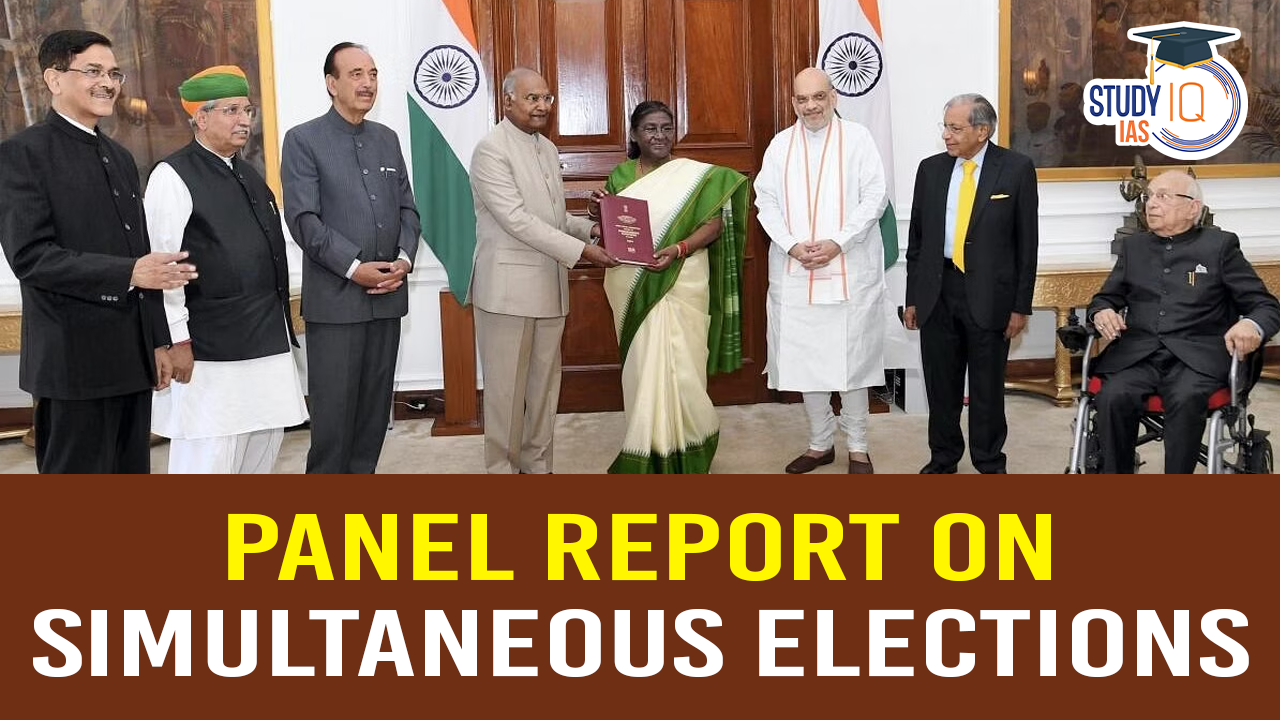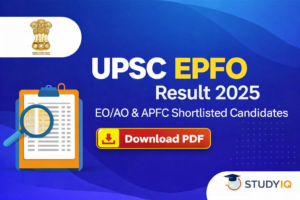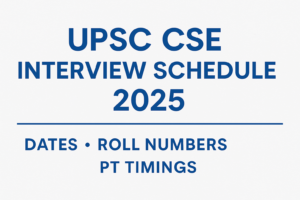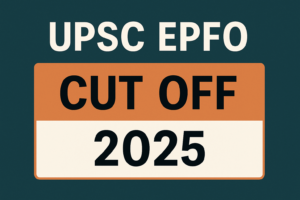Table of Contents
Context: Former President Ram Nath Kovind’s led panel report on ‘One Nation, One Election’ or simultaneous elections, could be placed before the Union Cabinet as part of the 100-day agenda of the Ministry of Law and Justice.
Recommendations of the Ramnath Kovind Panel Report
Two-step approach: The committee recommended a two-step approach to holding simultaneous elections.
- As a first step, hold simultaneous elections for the Lok Sabha (the lower house of India’s Parliament) and State Assemblies.
- Within 100 days of the general election, conduct polls for municipal and panchayat bodies in the next phase.
What are Simultaneous Elections?
- Simultaneous elections, also known as synchronized elections or one-nation-one-elections, refer to the practice of holding multiple elections for various levels of government (such as national and state) at the same time or on a synchronized schedule.
- This would mean that the voters will cast their vote for electing members of the LS and the state assemblies on a single day, at the same time (or in a phased manner as the case may be).
History of Simultaneous Elections in India
- The concept of simultaneous elections is not new to the country.
- Post-adoption of the Constitution of India, the First General Elections to the Lok Sabha (House of the People) and all Vidhan Sabhas (State Legislative Assemblies) were held simultaneously in 1951-52.
- This practice continued in three subsequent General Elections held in the years 1957, 1962 and 1967.
- However, due to the premature dissolution of some State Legislative Assemblies in 1968 and 1969, the cycle of synchronized elections got disrupted. In 1970, the Lok Sabha itself was dissolved prematurely and fresh elections were held in 1971.
- Thus, since the 1967 elections, the practice of simultaneous elections to the Lok Sabha and the Vidhan Sabhas could not be maintained and the elections have still not been realigned.
Arguments for and Against Simultaneous Elections
| Arguments in Favour | Arguments Against |
|
|
The committee has made the following recommendations:
Amending the Constitution
The Constitution should be amended to enable simultaneous elections in two steps.
- In the first step, simultaneous elections will be held to Lok Sabha and State Assemblies. For this, no ratification by the states will be required for the constitutional amendment.
- In the second step, elections to municipalities and the panchayats will be synchronised with elections to Lok Sabha and state Assemblies in such a way that local body elections are held within 100 days of the elections to Lok Sabha and state Assemblies. This will require ratification by not less than one-half of the states.
Single Electoral Roll and Election ID
- For the purpose of preparing a single electoral roll and electoral photo identity cards for use in elections to all the three tiers of government, the Constitution should be amended, so that the Election Commission of India can prepare a single electoral roll and election ID in consultation with the State Election Commissions.
- These amendments will require ratification by not less than one-half of the states.
In the case of a Hung Assembly/House
In the event of a hung House, a no-confidence motion, or any such event, fresh elections should be held to constitute the new Lok Sabha or state Assembly for the unexpired term of the House.


 UPSC EPFO Result 2025 Out: EO/AO and APF...
UPSC EPFO Result 2025 Out: EO/AO and APF...
 UPSC CSE Interview Schedule 2025: Dates,...
UPSC CSE Interview Schedule 2025: Dates,...
 UPSC EPFO Cut Off 2025 (Expected): Categ...
UPSC EPFO Cut Off 2025 (Expected): Categ...

























